Where the wild things roam
Rio Button
February 23, 2021 · 10 min read
South Africa’s most Endangered carnivore can’t be kept in by fences. Wildcards chatted to the man responsible for the seemingly impossible task of looking after them while they rove outside of protected areas.
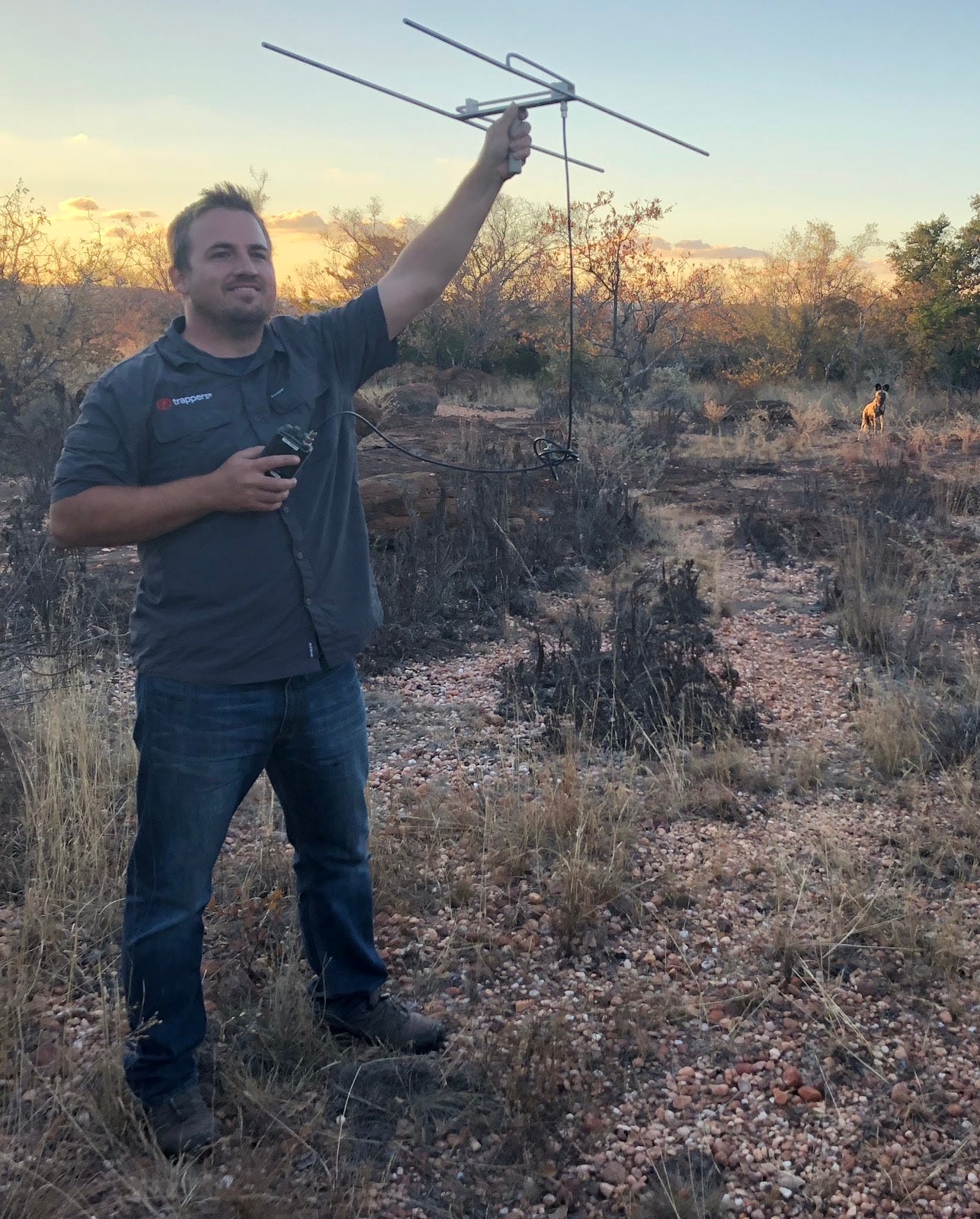
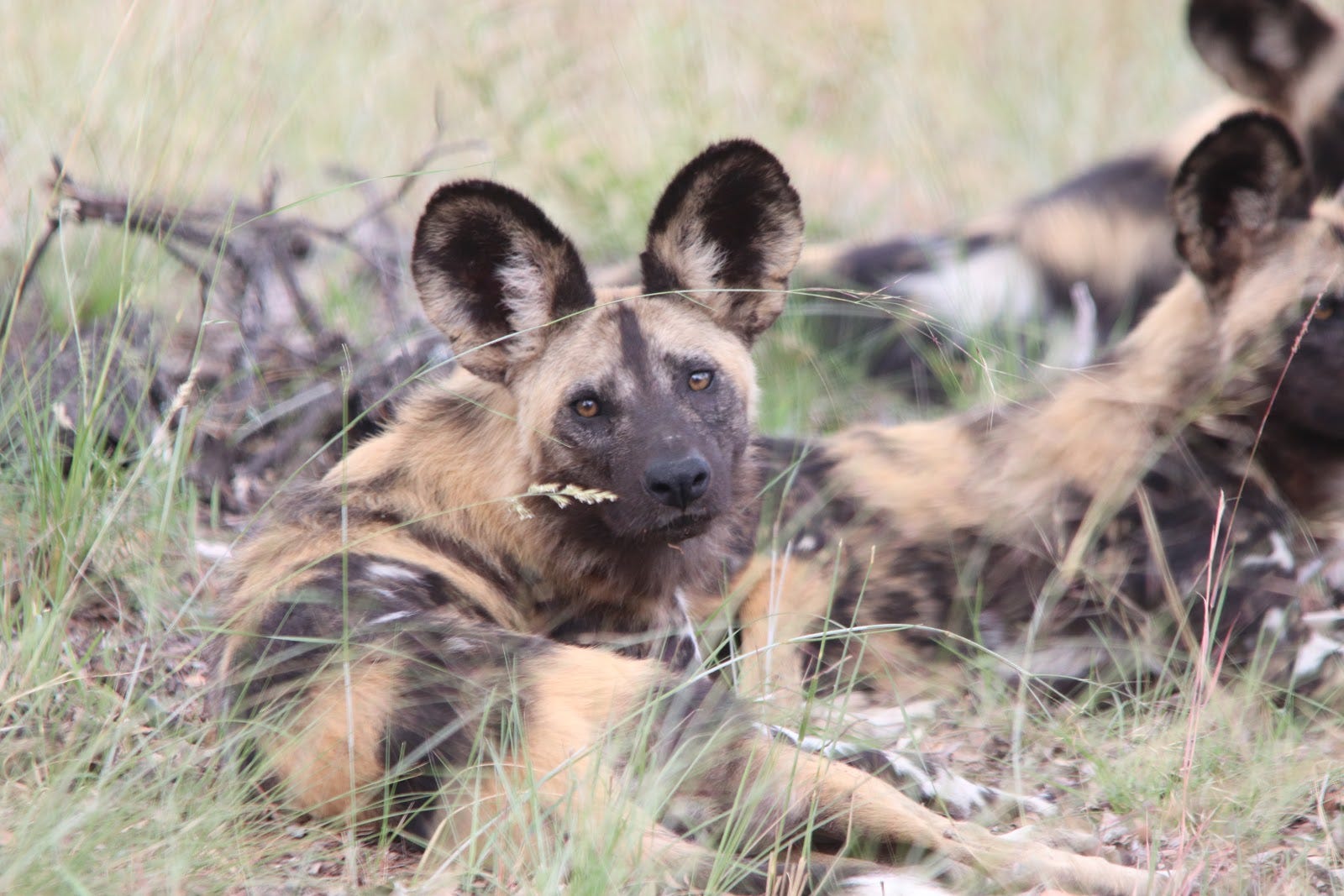
“We really struggle with farmers shooting them, it happens more often than you might think,” Endangered Wildlife Trust’s man in charge of free-roaming wild dogs, Derek Van Der Merwe, tells me. “They [the wild dogs] don’t do themselves any favours,” he explains. A big pack can make three to four successful kills a day, leaving a wake of carcasses in their path. When those carcasses are livestock, there is little tolerance from rural, subsistence or commercial farmers. Derek tells me how in the Waterberg the Wild Dog population plummeted to just five individuals in 2017. This decline in numbers coincided with the commercial value of game animals, especially rare colour variants, such as Golden Wildebeest, Black Impala, and Golden Oryx, going up astronomically. These breeders of the rare colour variant game stopped at nothing to kill predators on the landscape in order to protect their investment. Thanks to the hard work of Derek and the Endangered Wildlife Trust the Wild Dog population in the Waterberg is in recovery and now has a population of around 39 Wild Dogs.
Shoot, shovel, and shut up
While drinks splosh late at night in drinking holes, some farmers let “shoot, shovel, and shut up,” stories slip. They tell stories of shooting Wild Dogs, burying the evidence and swearing to never speak of it again. Secrecy is paramount, because the consequence of killing a wild dog can be 15 years in jail.
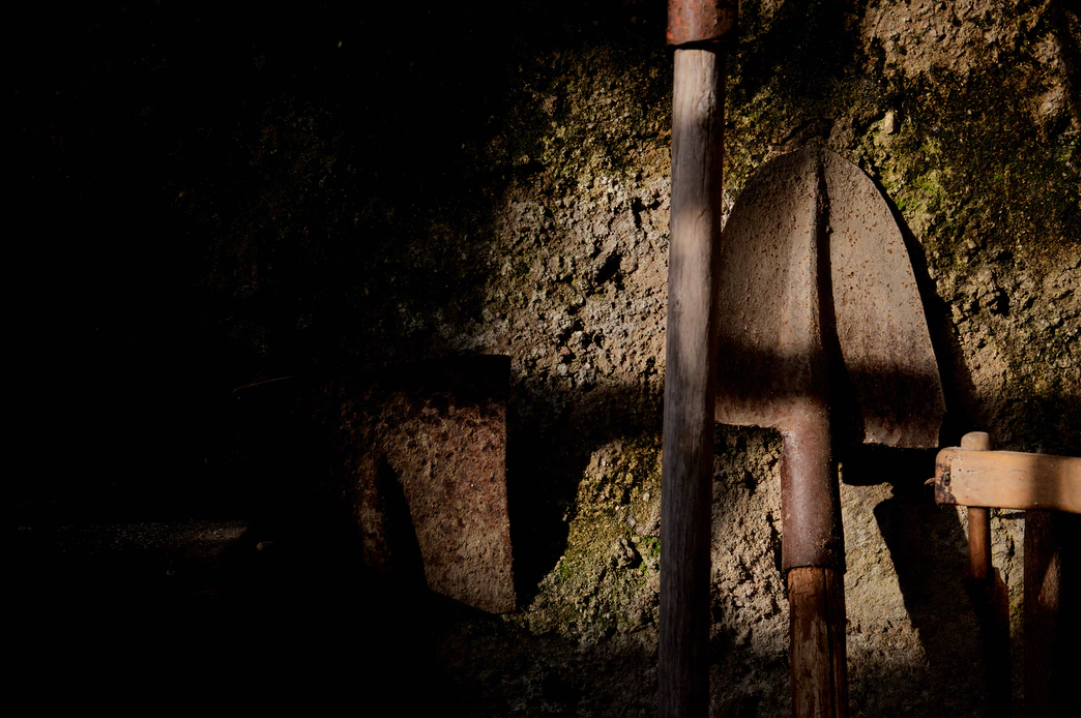
Occasionally farmers shoot collared Wild Dogs and, for fear of being discovered, phone Derek with “sob stories’’ of not knowing what the animal was or thinking it was a domestic dog. Derek’s bubbly tone loses its lustre, as he tells me “it’s very, very challenging when I come across one of the wild dogs I’ve been following for a couple of years, shot.”
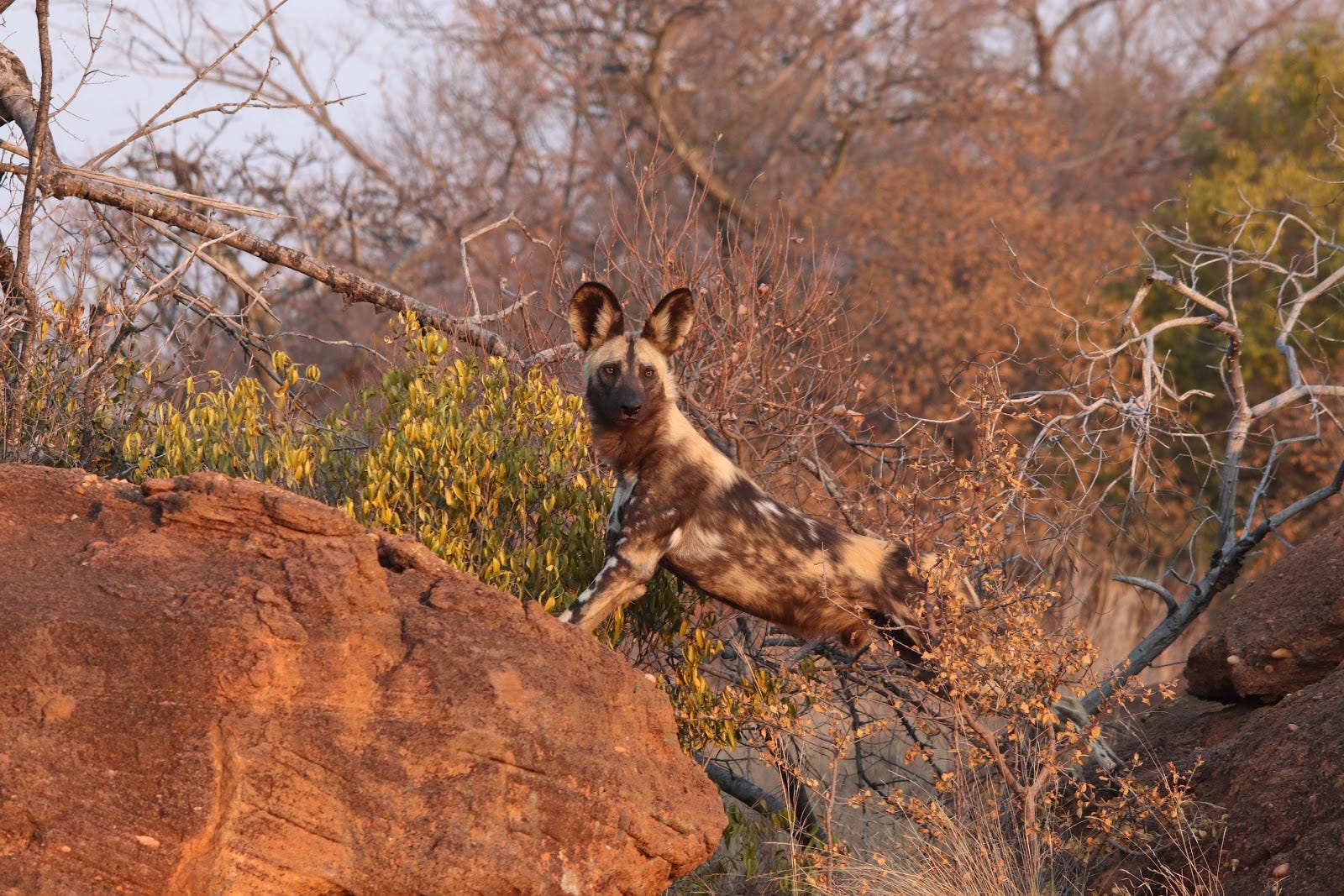
Indiscriminately killing predators
To defend their livelihoods some livestock farmers protect their animals from predators by leaving out poisoned meat and setting wire snares. Poisoned meat inevitably kills a suite of other mammals and bird scavengers, while snares (essentially wire nooses) catch, maim, and kill anything that walks into them. Sometimes these farmers don’t know or care that those animals they are killing include Critically Endangered Wild Dogs and Vulnerable Leopards, nor do they consider the slow painful death of these creatures. Where livelihoods are involved, getting farmers to change their ways for the benefit of conservation, is a precarious business.
Conflict mitigation
Mitigating conflict with predators is Derek’s responsibility in his role as part of the Endangered Wildlife Trust’s Carnivore Conservation Program. “It’s been a journey sometimes a difficult one, I deal with a lot of grumpy angry farmers and a lot of communities that lose a lot of their livestock to carnivores, so it’s not easy,” Derek tells me. He mentions that “in the last few years it’s been fabulous to see the change of attitude of the landowners [including farmers], by engaging with them and showing them these incredible animals [wild dogs] that reside on their properties. I’ve taken some landowners who absolutely despised the wild dogs and seen them and their perceptions change almost immediately.” Derek attributes the immediate changes in the perception of farmers to be as a result of “how they [wild dogs] interact and how many human attributes they have. They [wild dogs] are incredibly social. The wild dogs are unique carnivores in that they are not aggressive when they take down prey. They always allow the weak, the young and the old to feed first and sometimes the adult alpha won’t even eat.” Derek also alleviates conflict with predators by introducing mitigation methods.
What are livestock guardian dogs?
Initially, in the Carnivore Conservation Program, Derek worked with commercial farmers introducing livestock guardian dogs. These working dogs have been specially bred and raised according to proven protocols, to ensure they grow up to protect herds of livestock from predator attacks. The dogs traverse the farm with the grazing livestock. They protect the livestock by warning off predators, herding livestock away from threats, and their sheer size acts as a deterrent for many predators on the landscape. Livestock guardian dogs are a win-win for farmers and predators, they prevent the killing of livestock and persecution of predators.
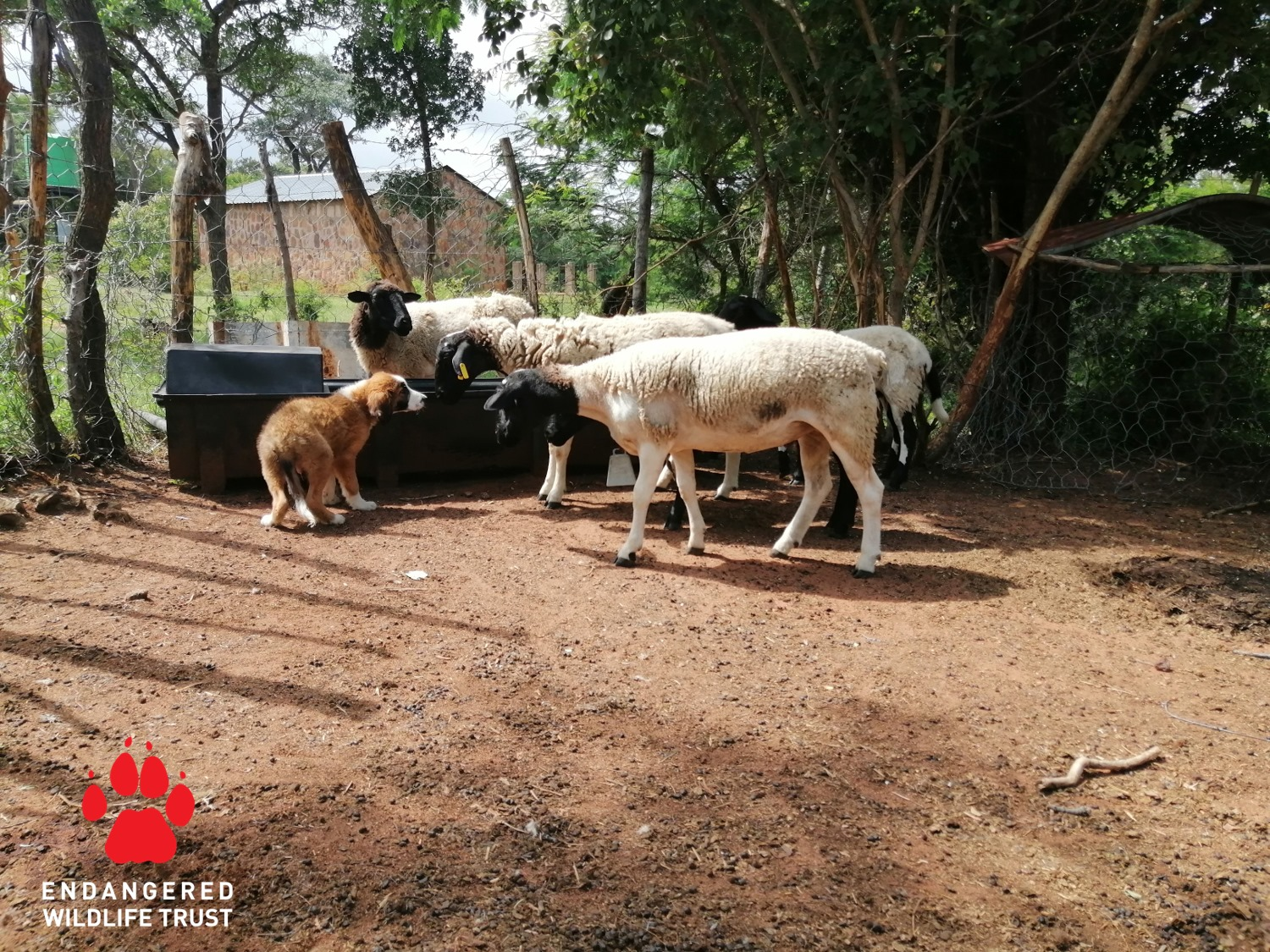
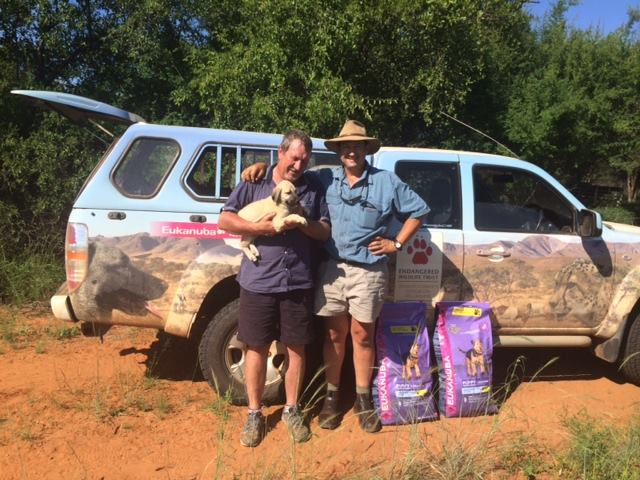
After the success of the Livestock Guarding Dog Project with commercial farms and the discovery of the high predator persecution rates in rural farming communities, there was a push to expand the Livestock Guardian Dog Project into rural farming communities. Derek’s ability to speak Sotho facilitated the success of the project’s expansion into rural communities. “In the last couple of years, we have been working with rural communities. These are poor people who are absolutely desperate for solutions. These people only have a couple of livestock and if a predator comes in and takes a third of their livestock, it really affects them financially,” Derek explains. He goes onto say “it’s been a privilege to work with these communities and show them mitigation methods, that they have never used or tried before, which are more effective and a better solution than putting down poison or setting snares, and you know you are actually contributing to their livelihoods at the end of the day. Their livestock provides money for them and if they aren’t losing any animals their circumstances improve. It’s been incredibly rewarding working with these communities and being able to help provide them with solutions to protect their main source of income, which is their livestock.”
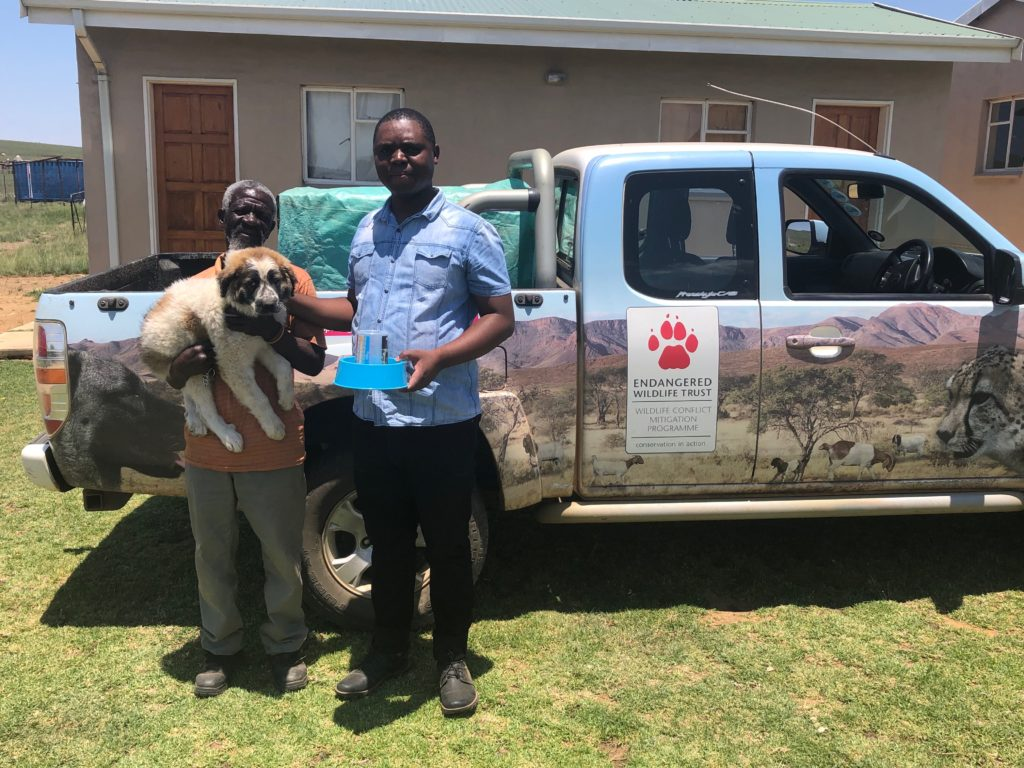
The Livestock Guarding Dog Project’s success at reducing livestock fatalities has increased farmers tolerance towards predators. This tolerance benefits wild dogs as well as Leopards, brown hyaenas, spotted hyaenas, black-backed jackals, servals and caracals. For these animals threats of persecution are diminished and the size of the landscape they can safely inhabit is enlarged. This is not all the Endangered Wildlife Trust does.
More on Endangered WildlifeTrust
A world in which both humans and wildlife prosper in harmony with nature, is the vision of the Endangered Wildlife Trust. The trust aims to protect all wildlife, from the tiniest frog to the majestic rhino, from sweeping grasslands to arid drylands, from our shorelines to winding rivers. They have worked tirelessly to save wildlife and habitats for over 45 years. The field-based specialists are spread across southern and East Africa, where they are committed to conservation action, where it is needed the most. Working with businesses and governments, the Endangered Wildlife Trust is at the forefront of conducting applied research, supporting community conservation and livelihoods, training and building capacity, addressing human-wildlife conflict, monitoring threatened species and establishing safe spaces for wildlife range expansion. They support Africa’s wildlife, landscapes and communities.
The Endangered Wildlife Trust partners with Wildcards!
A newly launched wildcard raises funds for the Endangered Wildlife Trust and more cards will launch soon. Each wildcard has a captivating, fact-filled story about an individual animal, which the Endangered Wildlife Trust researches and aims to protect and help better manage, including wild dogs. You’ll be able to publicly buy one of these Wildcards online, which will make you the guardian of that Wildcard animal. When you buy a Wildcard, you must set the price you are willing to sell it for. Every month, as the guardian of a Wildcard, you will give a specified portion of the selling price you set, to that animal’s representative conservation agency, in this case, the Endangered Wildlife Trust. At any point, someone can buy the Wildcard from you, at the selling price you specified. When someone buys the Wildcard from you, they must set a selling price. The new guardian of the Wildcard is then responsible for giving the new monthly subscription. And so the cycle continues, to generate funds.
Wildcards is ecstatic about connecting funders with conservation agencies having a real-world impact on the protection of wild animals at risk.
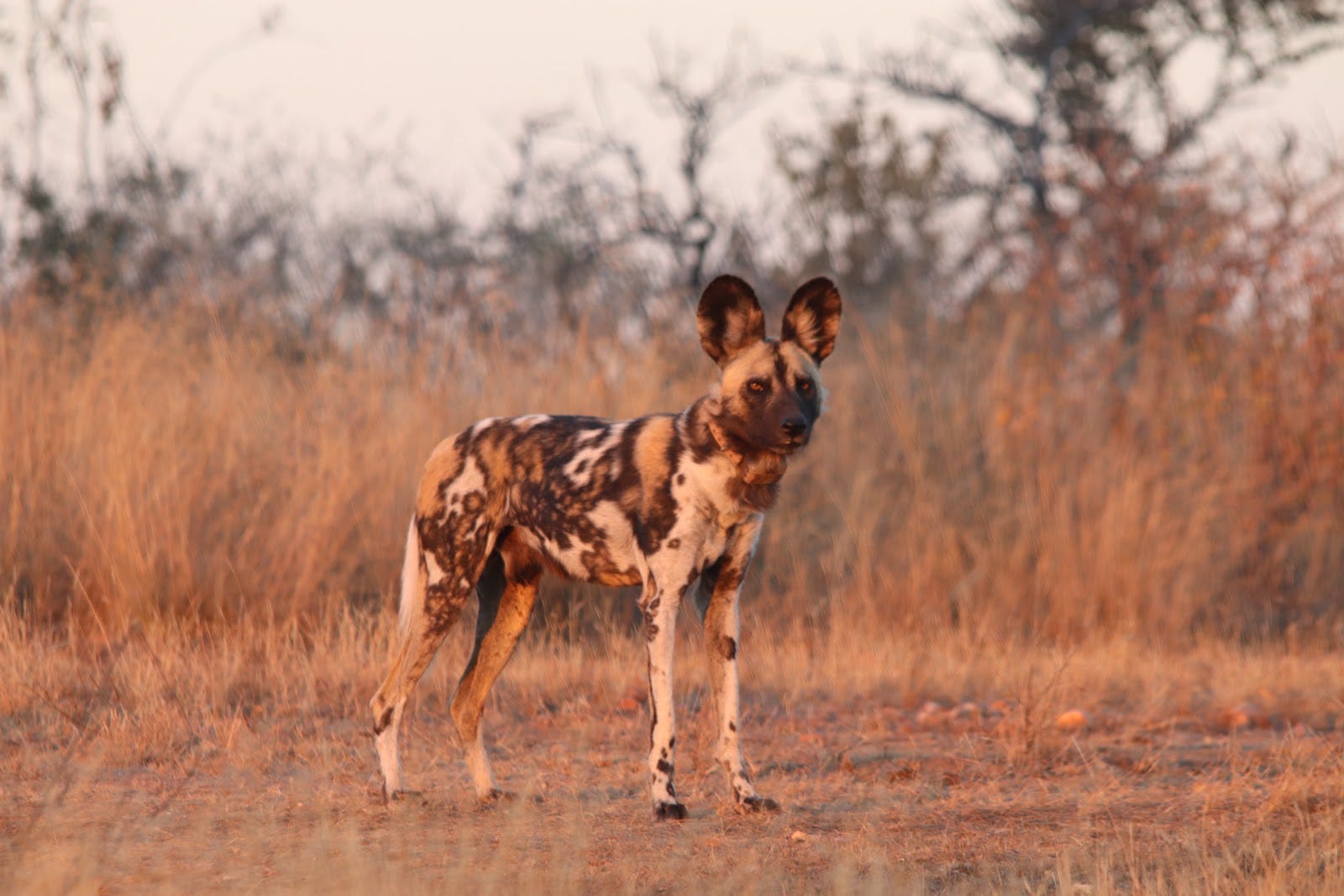
Also read:
Wildcards: an unprecedented means of funding conservation
Follow Wildcards on Twitter: @wildcards_world
Follow Wildcards on Facebook: @wildcards.conservation
Join us on Discord
Rio Button
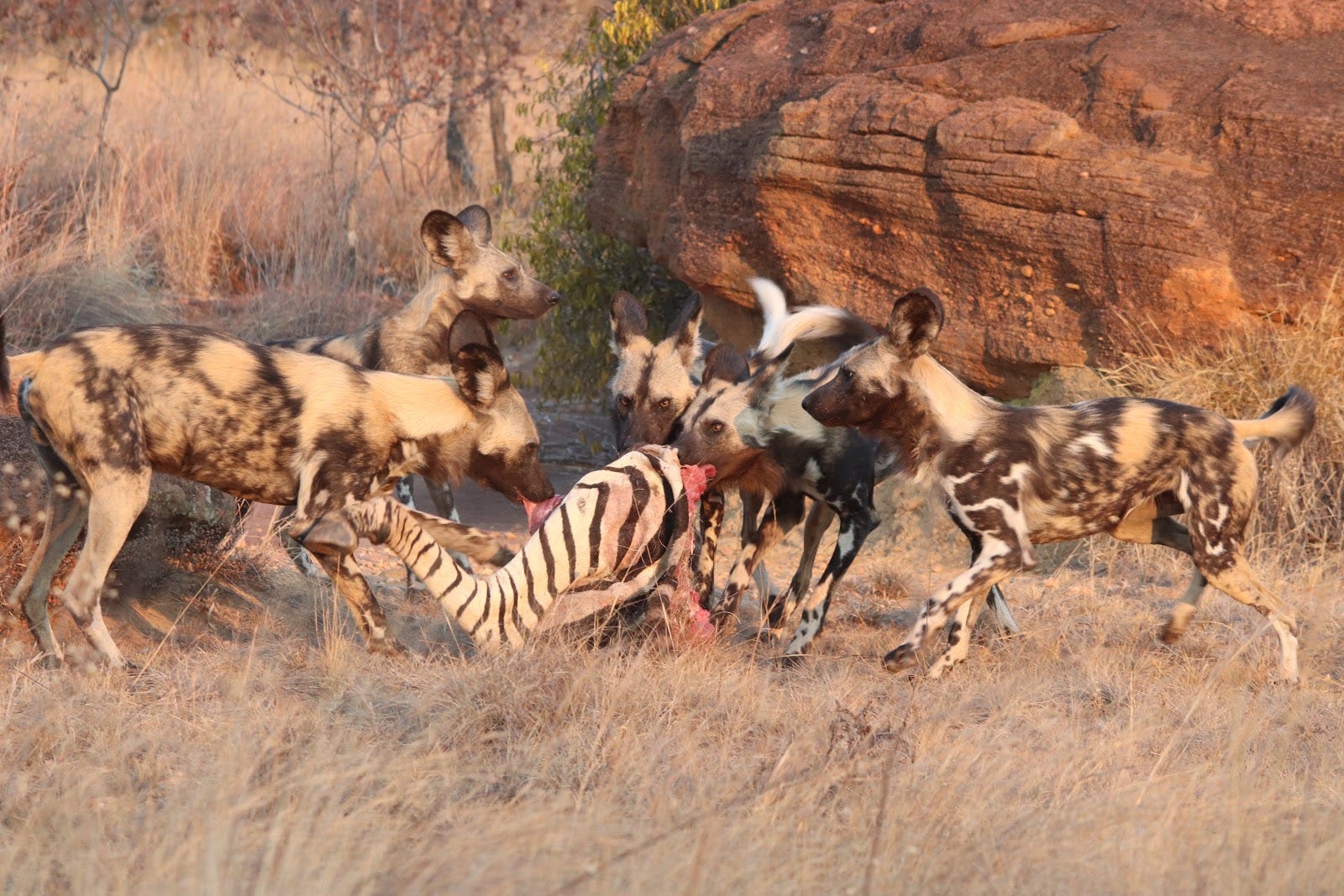
Dr Seahorse’s journey
From unravelling seahorses’ secret sounds to safeguarding the habitat of these little super dads. St...
Rio Button
June 29, 2022 · 5 min read
What wild animal leaves teddy bear footprints behind?
Photo by Helena Atkinson. Photo by Helena Atkinson. Here are some clues… Using their sticky tongues,...
Rio Button
February 07, 2022 · 9 min read
Tech innovation: Solving wildlife conservation's greatest challenge
Tech start-up Wildcards has raised over 130,000 USD for conservation organisations around the world ...
Rio Button
August 24, 2021 · 7 min read
Curious creatures under persecution
From having a deep fear of sharks to defending them. Reluctant, Grant Smith tumbled backwards off t...
Rio Button
July 26, 2021 · 8 min read
NFT Postcards for a purpose
NFT Postcards for a purpose A limited edition set of NFTs has been created in partnership with the T...
Jason Smythe
April 01, 2021 · 2 min read
Do you Care for Wild?
As rhino poaching soars, what happens to the orphaned rhino calves left behind? An orphaned baby bla...
Rio Button
February 24, 2021 · 7 min read
Where the wild things roam
South Africa’s most Endangered carnivore can’t be kept in by fences. Wildcards chatted to the man re...
Rio Button
February 23, 2021 · 10 min read
Rumours of an elusive feline in the mangrove forest
While collecting data in San Pedro de Vice Mangroves, in the Sechura desert, final year biology stud...
Rio Button
December 23, 2020 · 8 min read
South Africa’s last remaining white shark stronghold under threat
The Oceans Research Institute battles the impact of demersal longline fishing to safeguard great whi...
Rio Button
November 25, 2020 · 8 min read
Malaysia has marine mammals?
90% of Malaysians don’t know there are dolphins and whales in Malaysian waters There are at least 6 ...
Rio Button
November 17, 2020 · 9 min read

